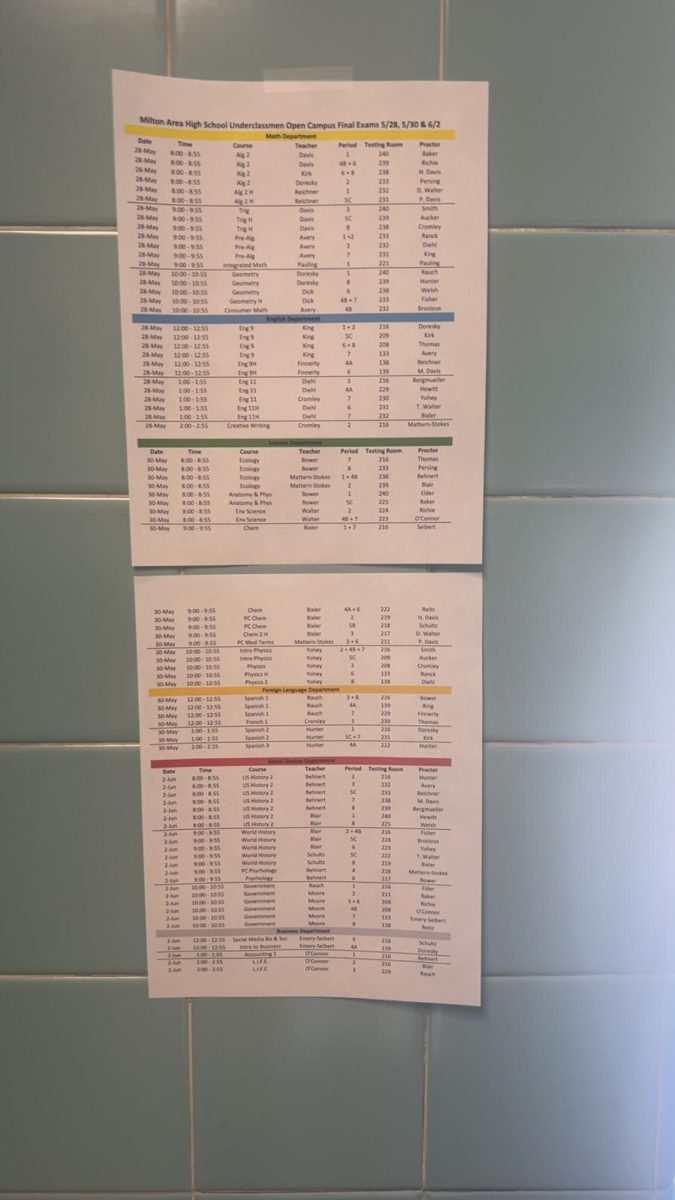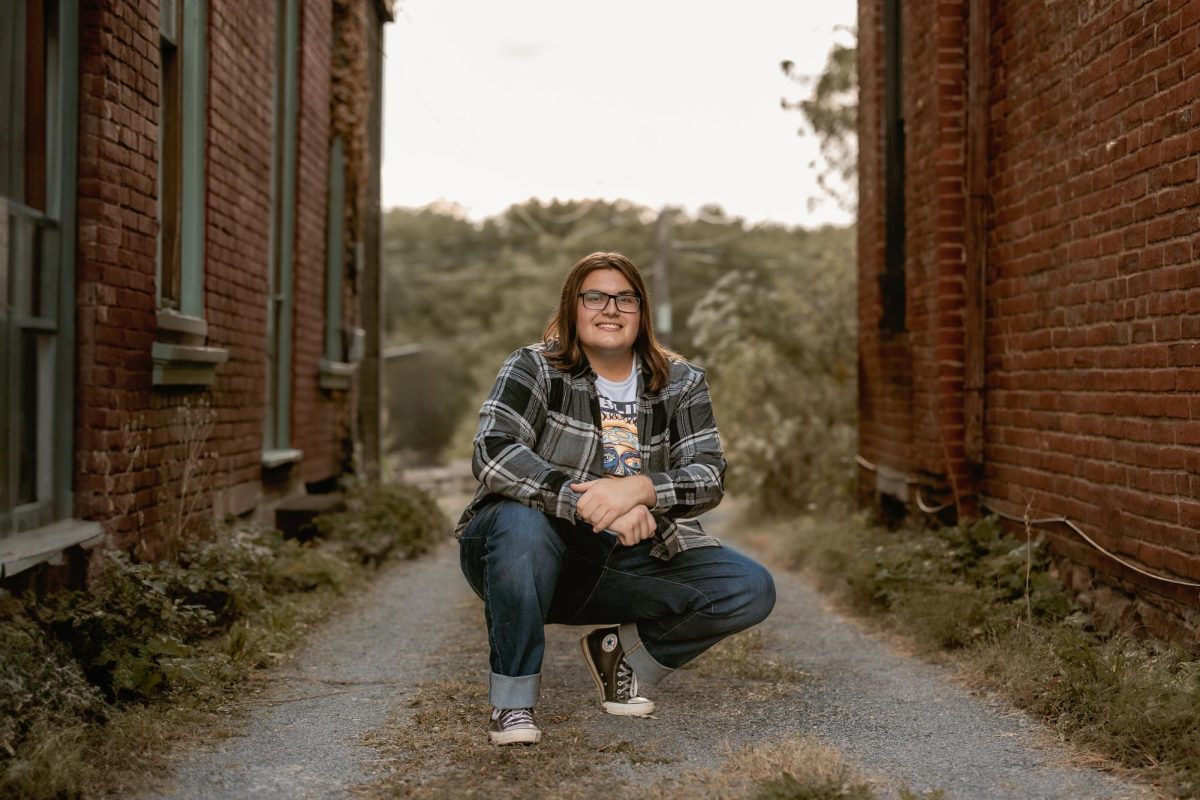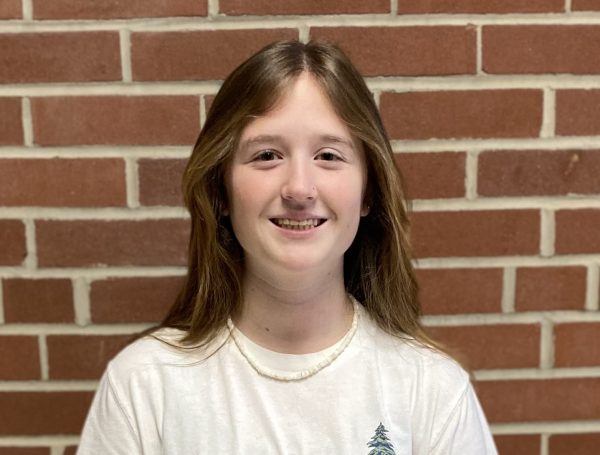 Each October and March since 2021, a behavior screener has been sent out to all students in the Milton School District. Milton began using the “Universal Screener” to identify students who may require additional emotional and behavioral support.
Each October and March since 2021, a behavior screener has been sent out to all students in the Milton School District. Milton began using the “Universal Screener” to identify students who may require additional emotional and behavioral support.
Instructional Coach Ms. Pamela Bailey oversees the screener’s administration, coordinating the schedule with each building, preparing the screener, problem-solving any issues and disseminating the data to the guidance department.
Taking the screeners is voluntary, but the results are not anonymous, said Ms. Bailey. Having access to the names of the students who took the screeners allows guidance counselors to identify students who are struggling, she explained.
“If you scored extremely elevated, you could be at risk of having an emotional problem. This then gets sent to the guidance office, where they offer these students help,” said Ms. Bailey.
Guidance Counselor Ms. Leslie Robinson has been involved with the surveys and contacting students. “If a student is flagged on a screener, we call them down to our offices and talk to them in person,” she said.
Ms. Robinson added that the kind of help depends on the conversation she has with the students when she meets with them.
The screeners, which are produced by Pearson Education Incorporation, are supposed to identify any concerns teachers haven’t picked up on yet, said Ms. Bailey. She added the screener is funded by a grant.
According to Ms. Bailey, the students who were initially flagged on the screener have been very receptive to the help they were offered.
Last Spring, 310 students participated in the screener, and 29 of those students were identified as being at risk, said Ms. Bailey.
“When the Guidance Department receives the data, they contact the student/or parents as soon as possible,” said Ms. Bailey. This year, 295 students completed the screener in the Fall with 22 of the students considered at risk.
This years’ Spring screening had been engaged by 359 students with 11 considered at risk, said Ms. Bailey.
According to Ms. Bailey, the screener is sent out to students from kindergarten through 12th grade. In grades kindergarten through second, the teachers complete the screeners with the students, she said. For students in grades third through 12th, the students complete the screener by themselves, she added.
Ms. Bailey said students from grades third through 12th are given statements such as “I have trouble paying attention to the teacher,” and “I feel safe at school.” They are then asked to select if they agree or disagree with the given statement, she added.
Not all of the results are reliable since students can lie on the test, said Ms. Bailey. “The screener can tell and flag when the data is not reliable,” she explained. It is unable to catch everybody that lies, but it can pick up on answers and reveal if it is valid or not, she added.
According to Ms. Bailey, the results of the screeners depend on many different factors, such as how many students participated, the validity of the responses, how the student is feeling at the time of the screener and how many students had support previously put in place.
Ms. Bailey said that she makes sure the screeners aren’t sent out around any other schoolwide testing because it could impact the results.
“We will not discontinue (the screener) as long as it is enriching the needs of our students,” said Ms. Bailey. She added that the school district will continue to provide the necessary supports to ensure the success of all students.





